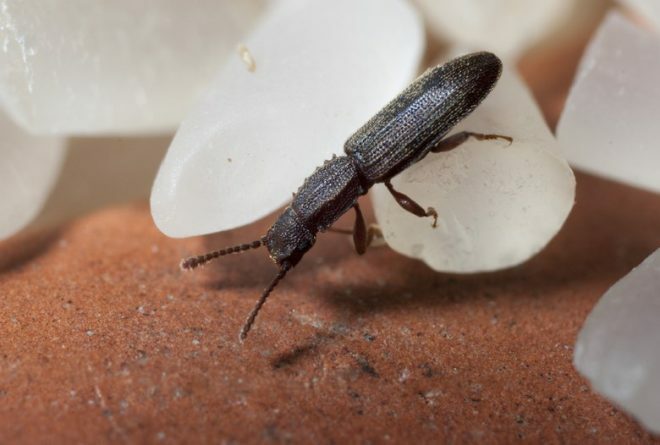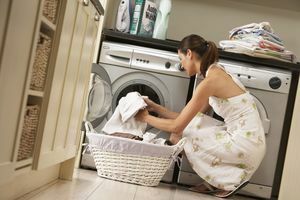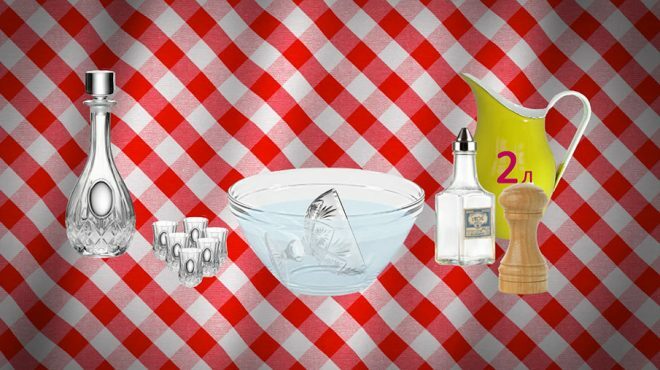Among the electrical appliances working in the kitchen, the electric kettle occupies an important place. One day there comes a moment when plaque appears in the teapot. After that, the operation of the heating element is disrupted, and a smell appears. In order to prevent this phenomenon, regular cleaning of the inner surface of the electric kettle is carried out. How to descale an electric kettle using available methods, we will discuss in more detail.

What is limescale?
Usually, tap water is boiled in an electric kettle, which has a high hardness due to salts. When the water boils, carbon dioxide and a calcified mixture are formed. It creates plaque on interior surfaces. Even the water that has passed through the filter creates a sediment, because it is impossible to remove the salts 100%.
Attention! Earned on our website kitchen designer. You can familiarize yourself with it and design your dream kitchen for free! May also come in handy wardrobes designer.
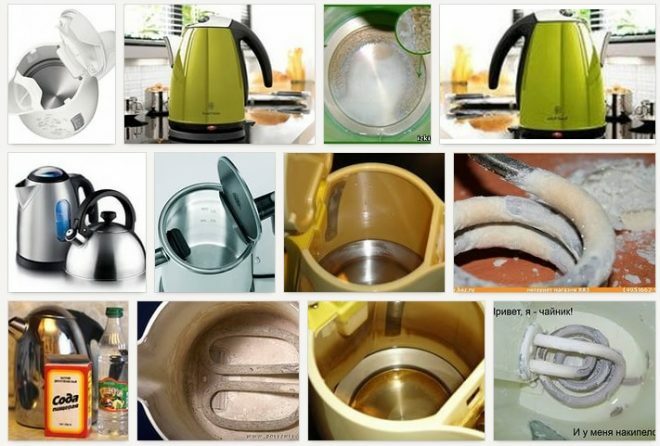
If the deposits are not removed in a timely manner, then the following consequences are possible:
- The heat output of the heating element decreases - the water will heat up longer, the energy costs will increase;
- Drinking water with sediment leads to exacerbation of chronic diseases.
General recommendations
Housewives use methods known for a long time. However, there are some peculiarities for electric kettles. It is important to remember that if you use an untested method, the effect will be the opposite, and the kettle will have to be disposed of. Before proceeding with the removal of limescale deposits, the internal condition of the kettle is examined. Models made of plastic are not treated with chemical solutions. An open coil will lose its protective layer during cleaning and begin to rust.
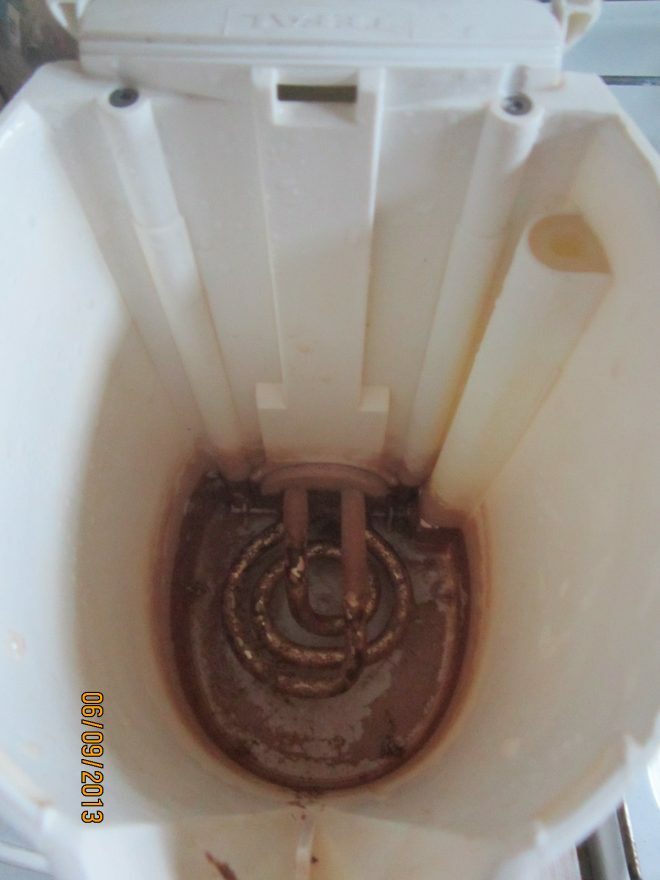
Monthly precipitation removal is recommended, following simple rules:
- Family members are warned about cleaning up;
- Before cleaning, water is poured, and then a cleaning composition is added;
- Cleaning is completed by thorough rinsing with running water;
- Deposits must not be removed with sharp objects or abrasive powders;
- For heavy precipitation, several cleaning methods are used.
Helpful hints:
- Cleaning is carried out regularly, since it is impossible to get rid of deposits once and for all, because this is a natural process of heating water.
- The limescale will be reduced by softening the tap water, for example by filtering it before filling the kettle.
- For cleaning, formulations are selected that have fewer side effects, for example, citric acid.
How to clean an electric kettle with folk remedies (incl. glass)
As a rule, deposits appear on the bottom and on the walls of an electric kettle. Experienced housewives know how to reduce their appearance, and if they appear, then how to get rid of them (glass models are no exception). First of all, it is not recommended to use sharp objects for scraping. Here are some of the ways to clean your kettle from limescale deposits at home.
How to clean an electric kettle with lemon and citric acid
A crystalline white powder intended for culinary purposes is known as citric acid. The powder comes on sale in the form of packages weighing up to 50 grams. It is known that calcium deposits are destroyed in an acidic environment. The cleaning of the electric kettle is based on this principle.
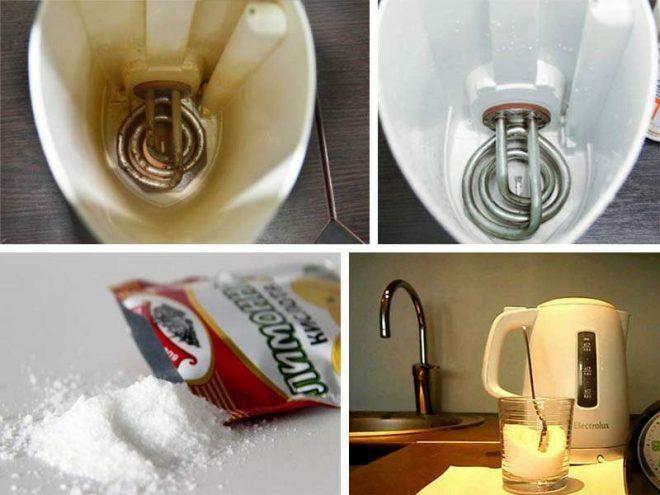
It is produced in this way:
- The container is thoroughly rinsed to remove delamination;
- Water is poured in 2/3 of the volume, a bag of powder is added;
- The solution begins to boil. After boiling, the water boils, large particles of sediment exfoliate. With a small layer, 15 minutes is enough to clean the inner surfaces;
- The boiled solution is drained, the surfaces are wiped with a soft sponge;
- At the final stage, the water is boiled twice without powder.
Advice:
- Do not pour the powder into boiling water, as foam is formed due to the reaction.
- The cleaning performance will improve if the solution is left overnight.
If citric acid powder is not available, freshly squeezed juice will do. In this case, the removal of the sediment is carried out in the manner described earlier.
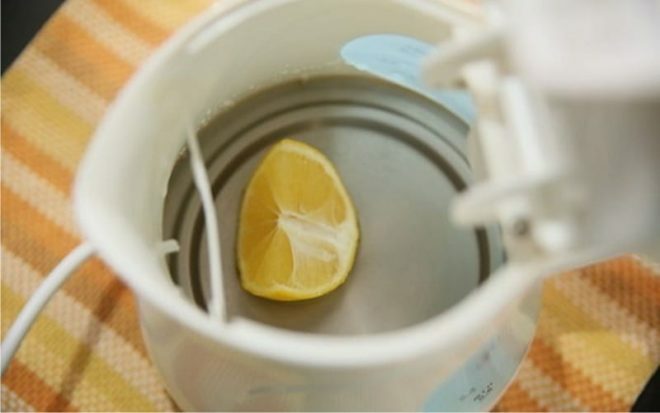
Cleaning with lemon slices is easier:
- The lemon is cut into slices, which are placed on the bottom of the teapot;
- The water should boil for up to half an hour and then cool;
- The cooled water is drained, and the removed scale is removed with a soft sponge.
Flaw this method is that it is effective only for light scale.
Baking soda
Baking soda or baking soda is found in every housewife's kitchen cupboard. It is used not only as a food additive for cooking, but also as a medicine. Its special property is related to its effect on the sediment.
Cleaning is performed in the following sequence:
- A liter of water is poured, soda is poured. Three tablespoons are enough;
- The solution is boiled for half an hour, and then it cools down;
- The cooled water is removed, the inner surfaces are wiped with a sponge;
- The kettle is washed, filled with water, heated.
Vinegar and essence
Fermented raw materials are distilled into acetic acid. After dilution with water, acetic essence is obtained from the acid with a concentration of up to 80%. Table vinegar of the desired concentration is obtained after diluting the essence.
Removal of precipitation with solutions is carried out in the following sequence:
- A filled teapot is poured into half a glass of table 6% vinegar or essences 2 tablespoons;
- After boiling, the solution cools down for 4 hours. If the scale is very large, then it is better to leave the solution overnight;
- The vinegar solution is removed and the kettle is rinsed thoroughly. The unpleasant smell goes away after long-term ventilation.
Can i wash my electric kettle with carbonated drinks?
Most carbonated drinks contain acid. For example, lemonade contains phosphoric acid. To use it, you must choose a colorless drink, otherwise the inner surfaces will be colored.
To wash in this way, do the following:
- A liter of soda is poured into the kettle;
- Lemonade is brought to a boil, cooled;
- After a while, the drink is drained and rinsed with clean water.
Advice! In case of light pollution, it is enough to pour lemonade for a few hours, and then clean the surfaces with a sponge.
Oxalic acid
Some plants (spinach, sorrel) contain an acid called oxalic acid. It is a colorless crystalline powder, almost completely soluble. It is sold at hardware stores. The high efficiency of the powder for cleaning deposits is noted. Care must be taken when working.
Cleaning is done by the following method:
- A little powder is poured, water is poured;
- The solution is boiled, settled for several minutes;
- Dissolved deposits are removed with a sponge, followed by a thorough rinsing.
Advice! Light limescale can be washed off with fresh sorrel leaves. Due to the low percentage of oxalic acid, the solution is boiled several times.
How to clean limescale in an electric kettle with household chemicals
When folk remedies fail or it is necessary to achieve a quick effect, household chemicals come to the rescue. Usually, the rules for using chemical compositions are indicated on the packages.

However, the following sequence is common to them:
- The dose of the substance indicated in the instructions is dissolved in the teapot;
- The resulting solution is boiled for up to half an hour;
- After a short settling, the dissolved scale is drained;
- The inner surface is thoroughly washed, after which water is boiled several times.
The most common household chemicals are Antinakipin and Cinderella. As a rule, during the first use of chemistry, the scale peels off and falls off in pieces. Cleaning ends after rinsing the inner container several times.

Advice:
- Cleaning agents can be harmful to health, so it is better to avoid large deposits in order to cope with folk methods.
- It is necessary to use household chemicals after carefully studying the instructions. Adherence to the dosage of the drug requires special attention.
Preventing the appearance of limescale
An electric kettle can be protected from scale formation for a long time if simple rules are followed.
- A model with a closed spiral or with a disc is purchased, since in this version the cleaning is simpler and more efficient.
- Running water, which has a high hardness, is not poured. Only settled, melt or spring water is boiled. In addition, the installed filter reliably protects against all impurities.
- The minimum required amount of water is boiled. Unused boiling water is drained, fresh water is collected.
- Rinsing is done before and after boiling.
- Every day the surfaces are wiped with a sponge.
- Cleaning is carried out regularly (regardless of the amount of limescale).
So, the electric kettle can be protected from scale in different ways. Each method has advantages and disadvantages.
average rating 0 / 5. Number of ratings: 0
No ratings yet. Be the first to rate.
